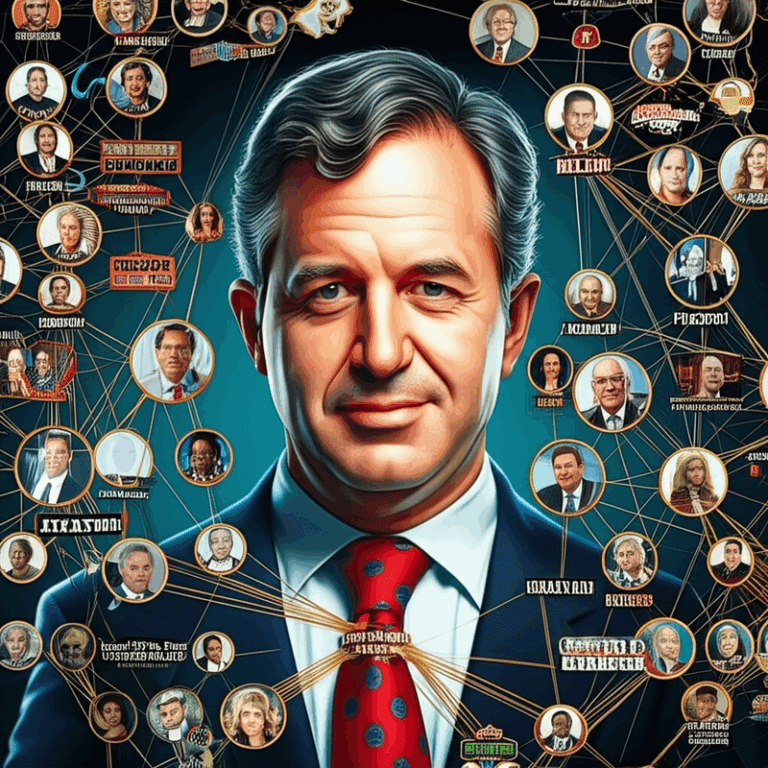
Chicago’s Cyanide Crisis: A Grim Chapter in Medical History 💊💔
In the cool autumn of 1982, a simple bottle of Tylenol became a vessel of horror, taking lives in a manner that seemed plucked from the pages of a detective novel. Within a 24-hour period, **seven people in the Chicago area succumbed to cyanide-laced capsules**, a chilling reminder that even mundane objects can harbor lethal dangers. Ironically, this tragedy didn’t just claim victims; it also birthed an era of heightened consumer scrutiny and regulatory metamorphosis in the pharmaceutical industry.
The victims, drawn from ordinary walks of life, were like flickering candles extinguished without warning. Each death emerged like a verse in a haunting elegy—a 12-year-old girl, a young mother, and various others—who took a product believed to be a harmless remedy for headaches. Their shared fate woven with the fabric of everyday life turned tragedy into a profound societal moment, igniting fear and distrust 😱.
A Market Crisis: The Poisoning Unfolds
As the events unfolded, police and emergency responders scrambled to connect the dots. What had caused this sudden wave of deaths? The investigation soon revealed a menacing twist: once-considered harmless OTC (over-the-counter) medication had been tainted, but the question lingered—how? The mere thought that a malevolent hand had manipulated a common relief sought by millions cast a long shadow over the trust in consumer products. Irony dripped from the situation: a pill meant to relieve pain had instead sown despair.
The tragedy of the Tylenol poisonings raises unsettling questions that still intertwine with discussions on public health today. Lingering fears of “death by medicine” flash back like scenes from a nightmare—the irony, of course, is that safety and danger cohabited within the same pill bottle. Was it a mere twist of fate, or did it reveal deeper flaws in consumer protection infrastructures? 🤔
The Aftermath and Its Impact on Regulations
In the wake of the incident, the digital landscape of consumer safety transformed. Irony lies in the speed at which lessons were absorbed. As people reeled from the shocking realization that danger could lurk in their medicine cabinets, regulatory bodies swiftly enacted measures that would reshape the pharmaceutical landscape.
- The FDA introduced tamper-evident packaging, a change now standard across the industry.
- New laws were established, enabling the prosecution of those who tamper with consumer products—transforming a mere marketing strategy into a framework for accountability.
- Yet, even as safeguards were tightened, underlying mistrust lingered in the public consciousness.
The stark antithesis of the crisis—a once revered product turned into a symbol of unpredictability—has echoed through time. What began as a consumer health issue morphed into a responsible corporate awakening, inviting the question: At what cost do we prioritize consumer trust over profit? The tragedy prompted companies to reevaluate the moral implications of their operational choices.
Living with the Legacy
Decades later, the shadow of the Tylenol murders continues to loom, reminding us of the fragility of trust within consumer society. Does it not seem deeply ironic that those capsules, which were supposed to bring relief, still serve as a cautionary tale? The events reminded us that the choices we make, whether as individuals or corporations, carry weight. Decisions can resonate like ripples in a pond, altering lives irrevocably.
As we reflect on this chilling chapter in Chicago’s history, we must also confront the unsettling truth: in a world where harmful actions can disguise themselves under the guise of normalcy, vigilance remains crucial. The **pursuit of safety** is as intricate and fraught with peril as the act of seeking relief itself. As the city continues to bear the scars of that autumn, one must ponder—have we truly learned from the past, or merely polished over the surface of inconvenient truths? 🔍




